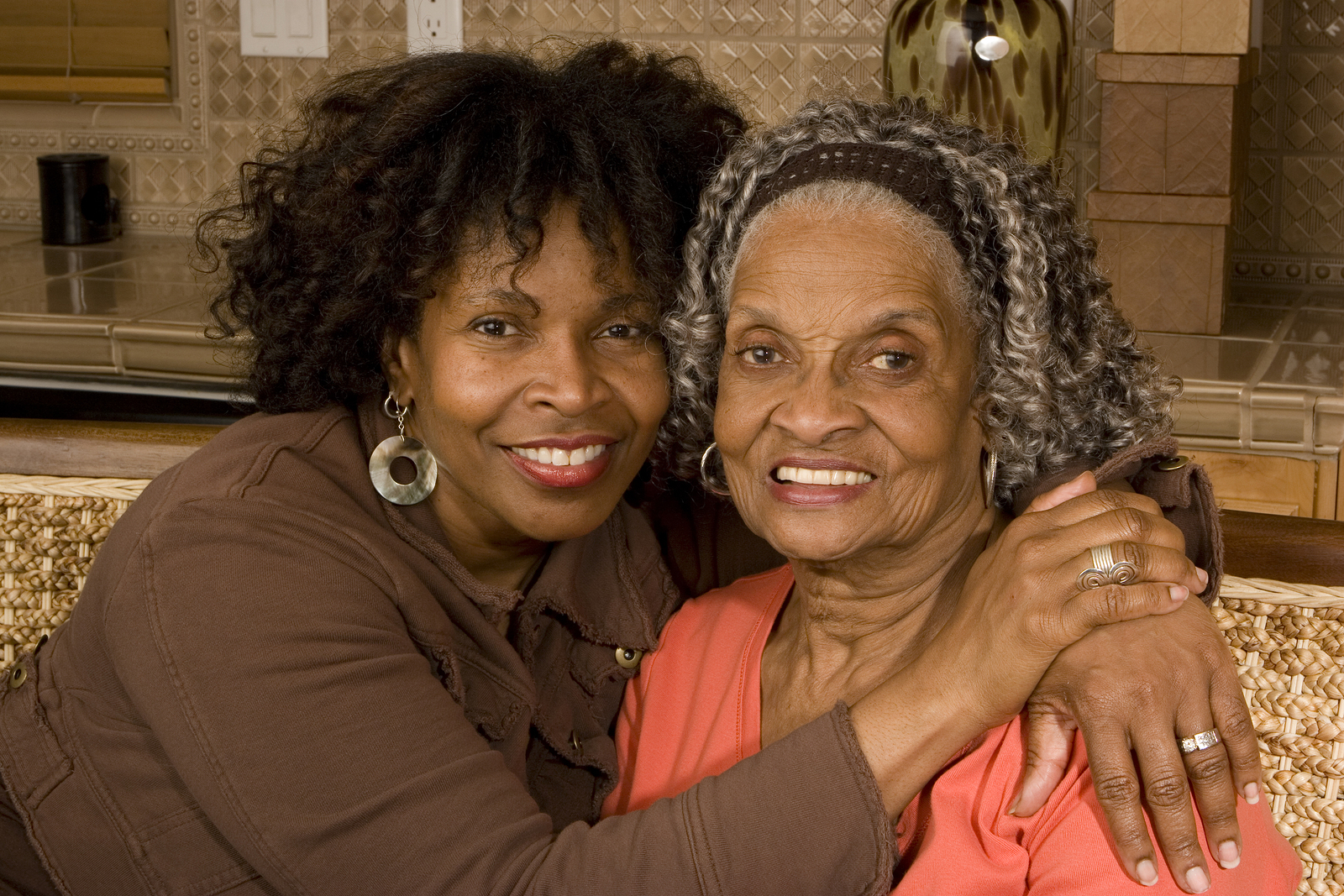
Guide to the Best Occupational Therapy Following a Stroke
A stroke can drastically change a person’s life, impacting their ability to perform everyday activities. Occupational therapy (OT) is crucial in helping stroke survivors regain independence and improve their quality of life. Finding the best occupational therapy for your parent following their stroke is a task that requires careful consideration and planning.
Here’s a step-by-step guide to help you navigate this process effectively.
Step #1: Understand Your Mom’s Specific Needs
Before beginning your search for an occupational therapist, it’s important to have a clear understanding of your senior’s specific needs and goals. A stroke can affect individuals in various ways, including physical, cognitive, and emotional challenges. Consult with their primary care physician or neurologist to get a detailed assessment of her condition. This will help you identify the specific areas that require attention, such as improving motor skills, enhancing cognitive functions, or learning to use adaptive equipment.
Step #2: Research Occupational Therapy Options
Start by researching the different types of occupational therapy services available. These can range from in-home therapy and outpatient clinics to rehabilitation centers and hospital-based programs. Each setting has its advantages and may be more suitable depending on your mom’s condition and preferences.
– In-Home Therapy: This is ideal if your mom has mobility issues or prefers the comfort of her own home.
– Outpatient Clinics: These facilities offer structured therapy sessions and access to specialized equipment.
– Rehabilitation Centers: These centers provide comprehensive care, often including physical therapy and other rehabilitation services alongside occupational therapy.
– Hospital-Based Programs: Ideal for acute care and continuous monitoring by healthcare professionals.
Step #3: Seek Recommendations and Referrals
Reach out to your senior’s healthcare providers for recommendations. Physicians, neurologists, and other medical professionals often have a network of trusted occupational therapists. Additionally, you can seek referrals from friends, family members, or support groups who have had similar experiences.
Personal recommendations can provide valuable insights into the quality of care and the effectiveness of therapy services.
Step #4: Verify Credentials and Experience
Once you have a list of potential occupational therapists, it’s crucial to verify their credentials and experience. Look for therapists who are licensed and certified by relevant professional bodies, such as the American Occupational Therapy Association (AOTA). Experience in stroke rehabilitation is particularly important. Therapists who specialize in neurorehabilitation and have a proven track record of working with stroke patients are likely to provide the best care.
Step #5: Evaluate the Therapist’s Approach
Different occupational therapists may have varying approaches to treatment. It’s important to find a therapist whose methods align with your mom’s needs and preferences. During initial consultations, ask about their treatment philosophy, techniques, and goals. A good occupational therapist should be able to tailor their approach to your mom’s unique situation, focusing on realistic and achievable goals.
Step #6: Consider Logistics and Accessibility
Logistical considerations, such as location, availability, and scheduling, are also important factors in your decision. Choose a therapy provider that is conveniently located to minimize travel time and stress. Ensure that the therapist’s schedule aligns with your elder’s availability and that they offer flexible appointment times if needed.
Step #7: Assess the Facility and Equipment
If you’re considering outpatient clinics or rehabilitation centers, visit the facilities to assess their environment and equipment. Look for clean, well-maintained spaces with a variety of therapeutic equipment. The presence of specialized tools and technology can enhance the effectiveness of the therapy sessions. Additionally, observe the interactions between staff and patients to gauge the overall atmosphere and quality of care.
Step #8: Evaluate the Therapeutic Relationship
The relationship between your parent and their occupational therapist is crucial for successful rehabilitation. During initial sessions, pay attention to how the therapist interacts with your senior. They should demonstrate empathy, patience, and effective communication skills.

Occupational Therapy Five Forks SC – Guide to the Best Occupational Therapy Following a Stroke
Step #9: Monitor Progress and Adjust as Needed
After starting occupational therapy, regularly monitor your elder’s progress and maintain open communication with the therapist. Discuss any concerns or adjustments that may be needed in the therapy plan. Progress should be measurable and aligned with the goals set at the beginning of therapy. If you’re not seeing the desired improvements or if there are any issues with the therapy, don’t hesitate to explore other options or seek a second opinion.
Finding the best occupational therapy for your senior following their stroke is a critical step in their recovery journey. By understanding their specific needs, researching options, seeking recommendations, and carefully evaluating potential therapists, you can ensure that they receive the highest quality care.




